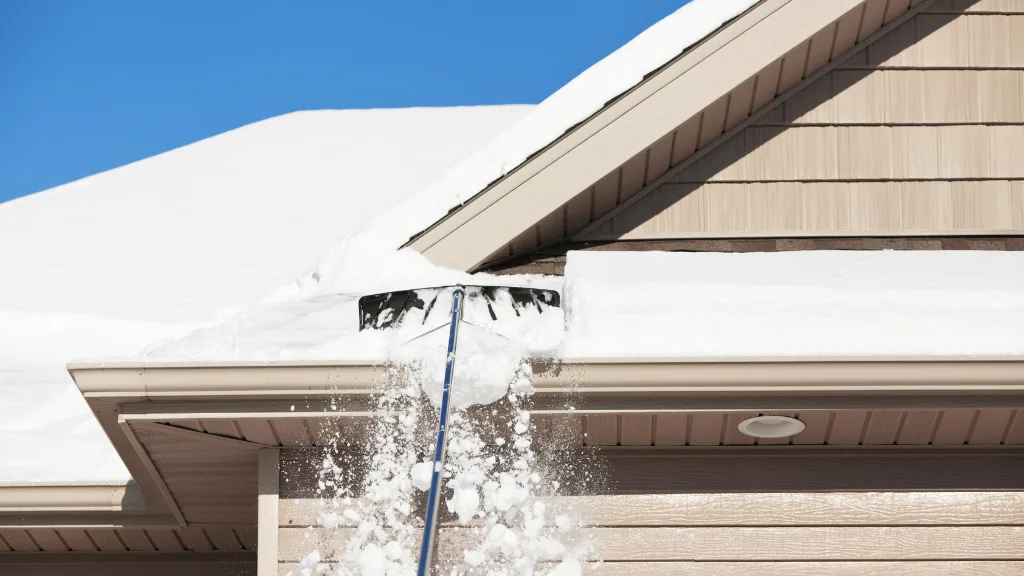
If you’re new to roofing, you may have heard the term “rake” thrown around when discussing the anatomy of a roof. But what exactly is a rake on a roof? Essentially, the rake is the sloping edge of a gable end or the roof’s overhanging edge.
Understanding the rake’s purpose and how it fits into the overall roof structure is crucial for any homeowner or DIY enthusiast looking to repair or replace their roof. In this article, we will delve into the details of rakes and their significance in roofing.
What is a Rake on a Roof?
If you’re not familiar with roofing terminology, the term “rake” may sound strange. However, it’s a common term used in roofing and construction. In this section, we’ll explore what a rake is on a roof and its function.
Definition
The rake of a roof refers to the sloping edge of a gable roof that runs from the eave to the ridge of the roof. It’s the part of the roof that extends beyond the exterior wall of the house.
The rake is typically found at the gable end of a roof, which is the triangular portion of the house that sits between two sloping roof planes. The rake is sometimes called a gable rake or simply a roof rake.
Function
The main function of a rake on a roof is to protect the eaves and the roof decking from water damage. Without a rake, water can seep into the eaves and cause rot and other damage. The rake also helps to direct rainwater away from the roof and into the gutters, which helps to prevent water damage to the house’s foundation.
In addition to its functional purpose, the rake can also be a decorative element in the architecture of a home. Rakes can be designed in a variety of styles and materials to complement the overall look of the house.
When it comes to construction, the rake is an important part of the roof framing. The rake board is the board that covers the edge of the roof decking and extends beyond the exterior wall of the house.
The rake board provides support for the roof decking and helps to distribute the weight of the roof evenly.
In summary, the rake of a roof is a crucial component of any gable roof. It serves both a functional and aesthetic purpose, protecting the eaves and directing rainwater away from the house while also adding to the overall design of the home.
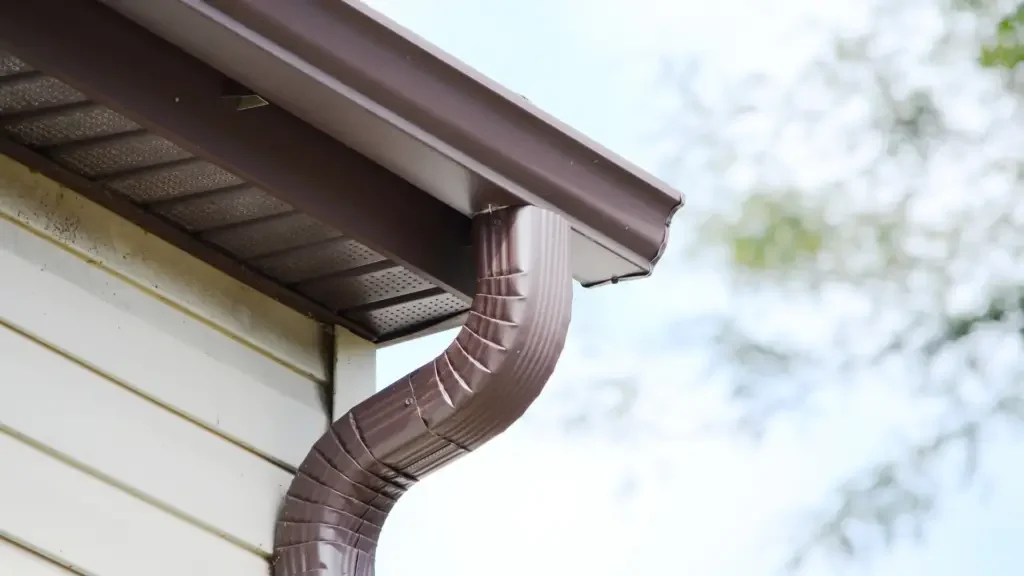
Types of Rakes
When it comes to the rake of a roof, there are different types to choose from based on your architectural and aesthetic preferences. In this section, we’ll explore two common types of rakes: Closed Rake and Extended Rake.
Closed Rake
A closed rake is a type of rake where the rafter tails are hidden behind a soffit. This type of rake provides a clean, finished look and is often used in modern architecture.
The soffit is usually 6 inches or less in width and simple in design. Closed rakes are also great for protection against pests and weather damage.
Extended Rake
An extended rake, also known as an overhanging exposed rake, is a type of rake where the rafter tails extend beyond the exterior walls and are exposed. This type of rake is lightweight and can match the eave overhang.
Extended rakes can also be boxed in to create a more finished look. They are often used in sheds or cottage homes.
When it comes to materials for rakes, there are several options to choose from, including pine, cedar, smart board, PVC board, and concrete board. The builder will determine the type of rake board to use based on the style of the trim and fascia of the home.
Rake boards can also be wrapped in metal to match a metal roof.
In summary, choosing the right type of rake for your roof depends on your architectural and aesthetic preferences. Closed rakes provide a clean, finished look and offer protection against pests and weather damage, while extended rakes are lightweight and can match the eave overhang.
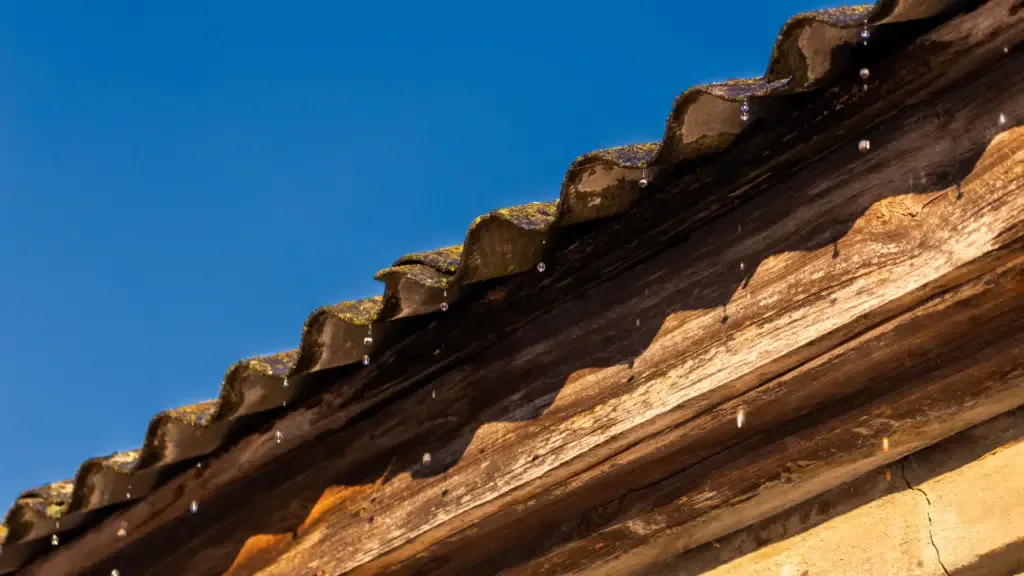
Materials Used for Rakes
If you’re wondering what materials are used for rakes on a roof, there are several options to choose from. The most common materials used to make rake boards are wood, metal roofing materials, PVC, and concrete.
Wood
Wooden rake boards are a popular choice for many homeowners due to their natural look and feel. Cedar and redwood are two types of wood that are commonly used for rake boards.
These woods are known for their durability and resistance to rot and decay. Pine is also used as a cheaper alternative to cedar and redwood.
Metal Roofing Materials
Metal roofing materials such as aluminum and steel are often used to create rake boards. These materials are durable and long-lasting, making them a great choice for homeowners who want a low-maintenance option.
Metal rake boards can be painted to match the color of the roof or the trim of the house.
PVC
PVC board is another material that is commonly used for rake boards. This material is lightweight, easy to install, and requires very little maintenance.
PVC boards are also resistant to rot and decay, making them a great option for homeowners who live in areas with a lot of moisture.
Concrete
Concrete board is a heavy-duty material that is used for rake boards in areas that experience heavy snowfall. The weight of the concrete board helps to prevent ice and snow from building up on the roof.
It is also resistant to rot and decay, making it a great option for homeowners who live in areas with a lot of moisture.
In summary, there are several materials to choose from when it comes to rake boards for your roof. Each material has its own set of advantages and disadvantages, so it’s important to choose the one that best fits your needs and budget.
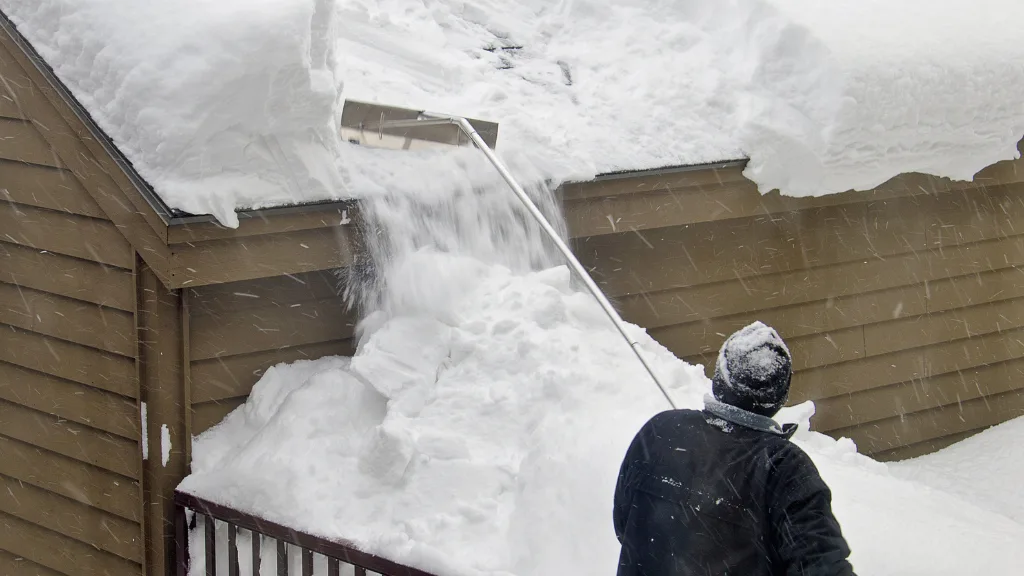
Maintenance and Repair
To ensure your roof’s longevity and durability, it is crucial to maintain and repair it regularly. Proper maintenance will help you avoid costly repairs and replacements in the future.
Here are some tips to help you maintain and repair your roof.
Common Problems
Roofs are exposed to various elements that can cause damage over time. Some of the most common problems include leaks, water infiltration, pests, and snow buildup. It is important to address these issues as soon as possible to prevent further damage.
Leakage and Water Infiltration
One of the most common problems with roofs is leakage and water infiltration. This can be caused by damaged or missing shingles, cracked flashing, or clogged gutters.
If you notice any signs of leakage or water infiltration, such as water stains on your ceiling or walls, it is important to address the issue immediately. You can fix small leaks by sealing them with caulk or sealant tape. For larger leaks, it is best to call a professional roofer.
Snow Removal
Snow buildup on your roof can cause serious damage, such as ice dams and roof collapse. It is important to remove snow from your roof as soon as possible.
You can use a roof rake to remove snow from your roof safely. Be sure to use a ladder that is the right length for your roof and wear roofing gloves to protect your hands.
Pest Control
Pests, such as insects and animals, can cause serious damage to your roof and attic. They can chew through roof sheathing, trusses, and insulation, causing rotting and water damage.
To prevent pests from nesting in your roof or attic, it is important to seal any openings or gaps. You can use metal cutting snips and a hand seamer to trim and maintain your roof.
Inspection and Maintenance
Regular inspection and maintenance of your roof can help you identify and address any issues before they become major problems. It is recommended to inspect your roof at least once a year, especially after severe weather conditions.
You can inspect your roof for signs of damage, such as missing or damaged shingles, cracked flashing, or rotting wood. If you notice any issues, it is important to address them immediately to prevent further damage.
In conclusion, maintaining and repairing your roof is crucial to ensure its longevity and durability. By following these tips, you can prevent costly repairs and replacements in the future.
If you are unsure about any aspect of roof maintenance or repair, it is best to call a professional roofer.
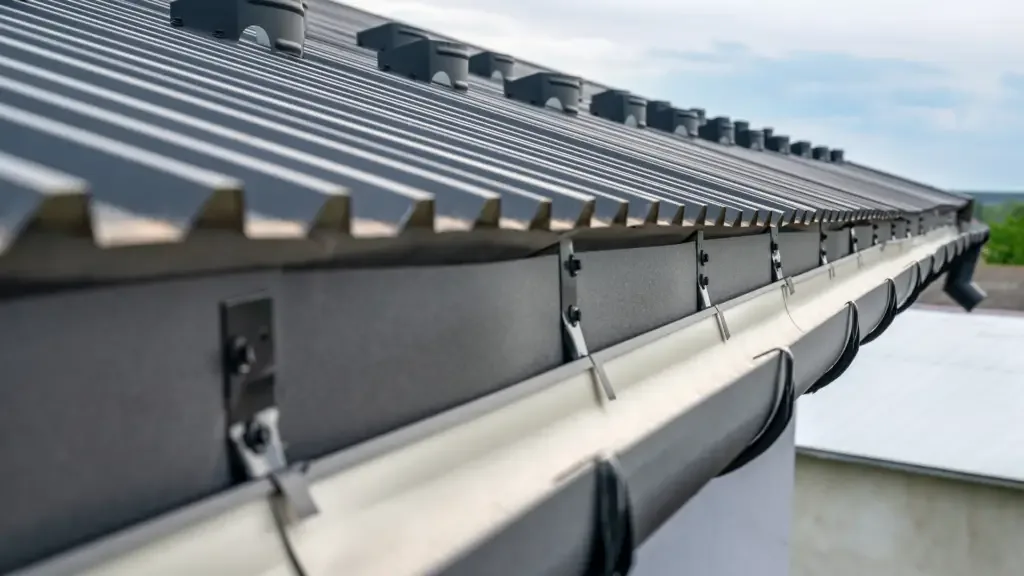
Conclusion
In conclusion, understanding the rake of a roof is important when it comes to maintaining the overall structure of your roof. The rake is the exposed part of a gabled roof that extends from an eave to the ridge of the roof’s sloped sides.
It covers the top edge of a roof and is typically cut from a variety of roofing materials.
The rake serves several functions, including providing a finished look to the roof, protecting the roof decking from water infiltration, and preventing wind damage. It is also important to note that the rake is an essential component of the architectural style of your home, and it can greatly affect the overall appearance of your roof.
When it comes to maintaining the rake of your roof, regular inspections and maintenance are key. This includes checking for any damage or wear and tear on the rake boards, as well as ensuring that the ridges and valleys are properly sealed to prevent water infiltration.
In addition, it is important to choose a roofing material that is durable and can withstand the elements. This includes considering factors such as the climate in your area and the slope of your roof.
Overall, understanding the rake of a roof is an important aspect of maintaining the overall health and appearance of your home. By taking the necessary steps to properly maintain your roof, you can ensure that it will continue to protect your home for years to come.

